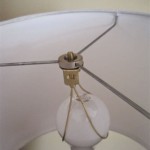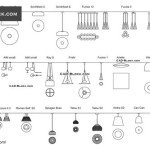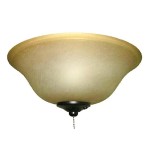False Ceiling Design for Small Bedrooms With Fans: Essential Aspects
Maximizing the functionality and aesthetics of a small bedroom with a fan can be achieved through a well-designed false ceiling. False ceilings not only offer additional lighting options but also create a visually appealing focal point, making the room feel larger and more inviting.
1. Material Selection
Choose a false ceiling material that complements the overall design of the bedroom and balances light reflection. Gypsum boards, PVC panels, and mineral fiber tiles are popular options for false ceilings due to their versatility, durability, and acoustic properties.
2. Lighting Integration
False ceilings provide an opportunity to incorporate various lighting fixtures, including recessed lights, cove lighting, and chandeliers. Directional lighting can highlight specific areas of the room, while ambient lighting creates a cozy atmosphere. Consider the bedroom's size and ceiling height when planning lighting placement.
3. Fan Placement and Design
The position of the ceiling fan is crucial for both aesthetics and functionality. Position it over the bed or seating area to maximize air circulation and comfort. Choose a fan design that complements the ceiling finish and room style. Modern fans offer sleek and minimalist aesthetics, blending seamlessly into the false ceiling.
4. Geometric Patterns and Textures
False ceilings can add visual interest and depth to the room through geometric patterns or textured finishes. Grid-like designs or wave patterns create a dynamic ceiling effect. Textured finishes, such as wood grain or metallic, bring warmth and character to the space.
5. Height and Proportion
The height of the false ceiling should be carefully considered in a small bedroom. A low false ceiling can make the room feel cramped, while an excessively high ceiling can disrupt the intimate atmosphere. Determine the optimal height based on the room's dimensions and the desired visual impact.
6. Color and Finish
The color and finish of the false ceiling should enhance the overall ambiance of the bedroom. Light colors, such as white or cream, reflect light and create a spacious feel. Darker colors, such as black or navy, can add drama and sophistication. Glossy finishes reflect light and create a more formal look, while matte finishes diffuse light and create a cozy atmosphere.
7. Acoustical Considerations
If sound absorption is a concern, choose false ceiling materials with sound-dampening properties. Acoustic panels or mineral fiber tiles can help reduce noise levels and improve the overall acoustic comfort of the room.
8. Ventilation and Maintenance
Ensure that the false ceiling design allows for proper ventilation and easy maintenance. Provide access panels or perforated tiles to facilitate airflow and cleaning. Regular cleaning of the ceiling surface and filters will maintain its aesthetic appeal and prevent dust accumulation.

20 Bedroom Ceiling Design Ideas False For

Top 20 Simple Small Bedroom Ceiling Design Homebazaar

15 Pop Ceiling Designs For Bedroom

15 Pop Ceiling Designs For Bedroom

18 Top False Ceiling Design For Bedroom Recreate Your Home Interior

20 Bedroom Ceiling Design Ideas False For

Home Renovation False Ceiling Ideas Designs Blog Saint Gobain Gyproc

15 Pop Ceiling Designs For Bedroom
Is False Ceiling A Good Option For Small Bedrooms Quora

20 Bedroom Ceiling Design Ideas False For
Related Posts








